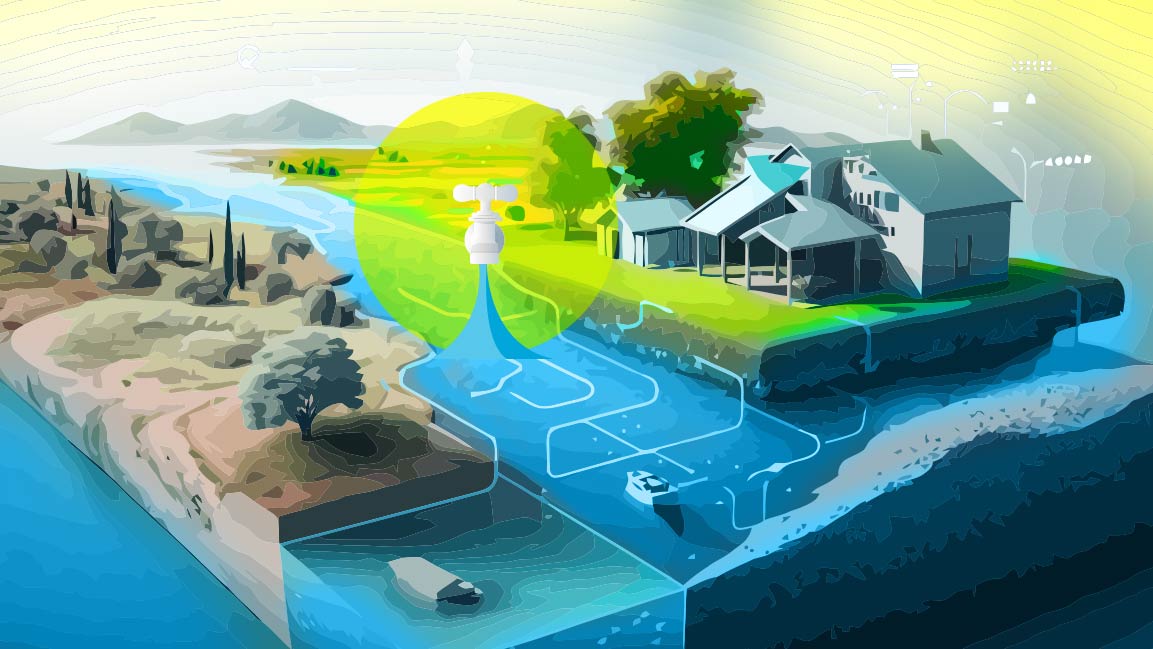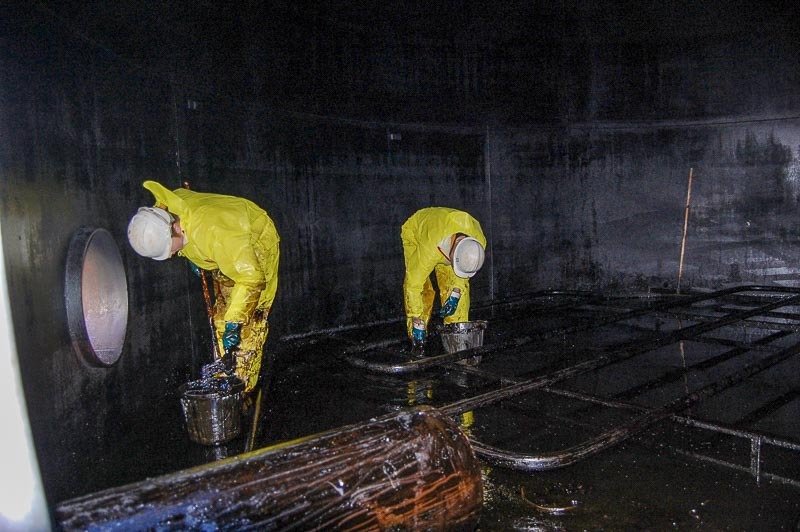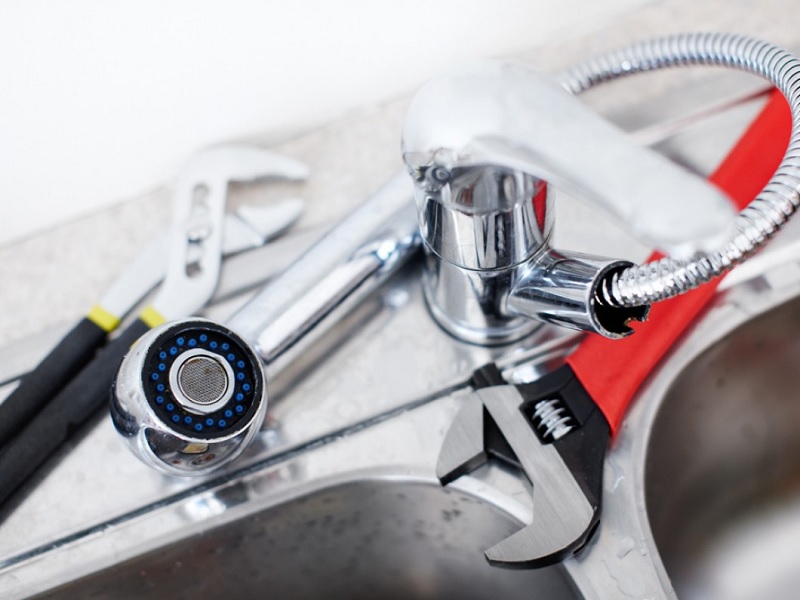Water conservation strategies for springleaf residence residents

Water scarcity continues to seriously threaten residents of many urban areas, affecting their daily lives in housing communities. Implementing water conservation methods not only helps in managing utility bills but also contributes to community sustainability goals. Effective water management practices at home don’t require significant lifestyle changes but minor adjustments to daily habits that collectively make a substantial impact. Residents looking to adopt water-saving initiatives can start with simple household modifications. Living at Springleaf Condo provides an excellent opportunity to be part of a community-wide conservation effort, where individual actions combine to create meaningful environmental benefits.
Smart kitchen habits save gallons daily
The kitchen is one area with the highest water usage in any home. By adopting thoughtful practices, residents can dramatically reduce water consumption without sacrificing convenience or cleanliness. Running dishwashers only when fully loaded can save up to 15 gallons per wash. Similarly, avoiding pre-rinsing dishes before loading them into modern dishwashers eliminates unnecessary water usage, as most current models are designed to handle food particles.
When washing produce, using a basin instead of running water continuously prevents excessive waste. This collected water can later be repurposed for watering houseplants. The pitcher of drinking water kept in the refrigerator will also eliminate the need to run the tap until it gets cold, a practice that wastes 1-2 gallons each time.
Minimalist laundry techniques
Washing clothes accounts for approximately 15-40% of household water consumption. Conservation-minded residents will appreciate front-loading washing machines because they use 50% less water than top-loading alternatives. Adjusting settings according to the load size and soil level prevents excess water from being used on light-soiled items.
Wearing clothes multiple times before washing, when appropriate, decreases the frequency of laundry cycles. This practice suits jeans and sweaters that don’t need washing after each wear. Consolidating laundry into fewer, fuller loads maximises efficiency while maintaining cleanliness standards for all household members.
Outdoor conservation strategies
- Collect rainwater in barrels positioned under downspouts for garden watering during dry periods, potentially harvesting 600 gallons annually from a modest roof area
- Spread mulch around trees and plants to conserve soil moisture and reduce evaporation, cutting irrigation needs by up to 70%
- Water gardens during early morning or evening hours to minimise evaporation losses that occur during peak daytime temperatures
- Replace water-intensive lawns with drought-resistant native plants that thrive with minimal irrigation once established
- Fix outdoor hose leaks promptly, as a single leak can waste 2,700 gallons over a summer season if left unrepaired
Community wide initiatives worth joining
Community efforts amplify individual conservation actions. Many residential complexes now organise water conservation challenges where floors or buildings compete to achieve the most significant reduction in usage. These friendly competitions create awareness while building community connections around shared environmental goals. Participating in community garden projects and implementing drip irrigation systems demonstrates sustainable watering practices.
These gardens often incorporate moisture sensors and timers that prevent overwatering while maintaining plant health. Attending water conservation workshops hosted by local environmental organisations provides residents with additional techniques specific to regional climate conditions. These educational sessions often include free water-saving devices and personalised conservation suggestions based on household size and consumption patterns.














